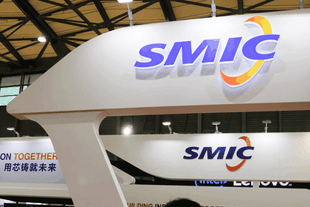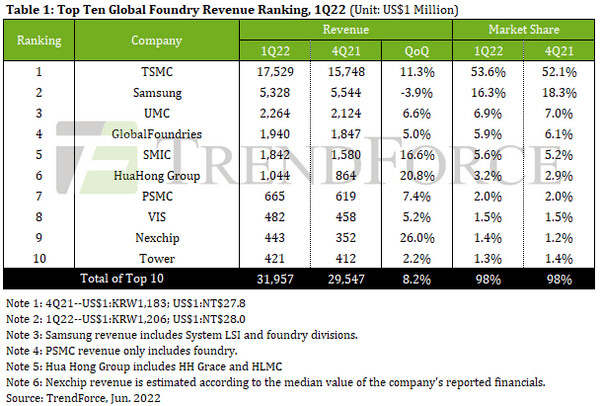Technology
China's 7nm Chips Trigger Global Debate
Arun Mampazhy
Jul 23, 2022, 02:15 PM | Updated 02:15 PM IST
Save & read from anywhere!
Bookmark stories for easy access on any device or the Swarajya app.


Analyst firm Tech Insights recently claimed that "Despite not having access to the most advanced equipment technologies as a result of sanctions currently in place, Semiconductor Manufacturing International Corporation (SMIC) appears to have used 7nm technology to manufacture the MinerVa Bitcoin Miner system on chip (SoC)"
As per this tom's HARDWARE report, Tech Insights has reverse-engineered the chip, saying the "initial images suggest it is a close copy of TSMC 7nm process technology," a telling discovery after Taiwan-based TSMC has sued SMIC twice in the past for copying its tech.
Semiconductor Analyst Dylan Patel opines that "SMIC, China’s largest foundry has slowly been catching up to TSMC, Samsung, and various western foundries in process technology. They are rapidly approaching (the) position as the world’s third largest foundry and have higher margins than the current number 3, GlobalFoundries".
It is not clear how Dylan concluded GlobalFoundries as the third largest foundry as current Taiwan's UMC is the third by revenue and GlobalFoundries is fourth.
Dylan further added "To be abundantly clear, China’s SMIC is shipping a foundry process with commercially available chips in the open market which are more advanced than any American or European company."
"While the US has high hopes for Intel to be the savior, there are no Intel 7 class foundry chips commercially available for purchase currently and they still have to build out their foundry operations. The most advanced American or European foundry produced chips are based on GlobalFoundries 12nm," Dylan said.
A tweet from Dylan stating the same triggered a lot of discussion especially on the Intel and GlobalFoundries as well as technology node comparison.
Taiwan based DigiTimes has reported the news with a title "SMIC 7nm technology reportedly found in ASIC chips for cryptomining" while Bloomberg reported it with a title "China’s Top Chipmaker Achieves Breakthrough Despite US Curbs".
United States has been imposing restrictions on shipping lithography tools (stepper/scanner) that use EUV source (13.5nm) to China.
However, 7nm chips can be processed using stepper/scanner that use DUV source (193nm) with "immersion" feature (a thin film of water that increases the Numerical Aperture or the ability to capture light) and by employing multi-processing like Self Aligned Quadruple Patterning (SAQP) for critical levels.
Even without the most advanced nodes, Chinese foundries (SMIC, HuaHong and to some extent Nexchip) were the fastest growing (see QoQ per cent in the below chart) in the first quarter of 2022 as per data released by trendforce.

Earlier, Swarajya too had reported that SMIC was the fastest growing in 2021.
Arun Mampazhy has a BTech from IITM and MS from University of Maryland in semiconductor fabrication and over a decade of industry experience. His dreams of seeing a commercial fab takeoff in India has changed from black and white to colour over two decades. He can be reached via email nanoarun(at)gmail(dot)com or @nano_arun on twitter. Views expressed are personal.




